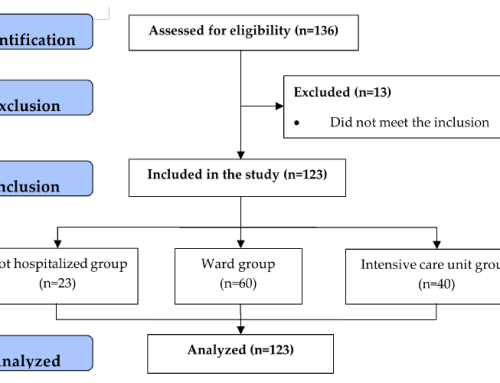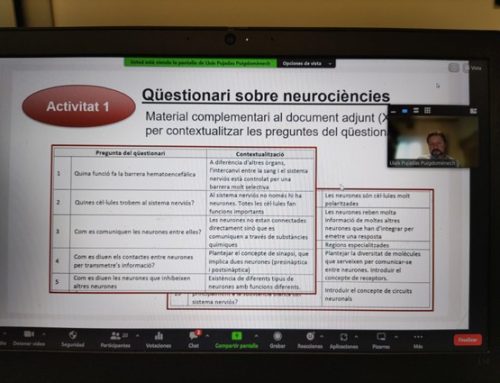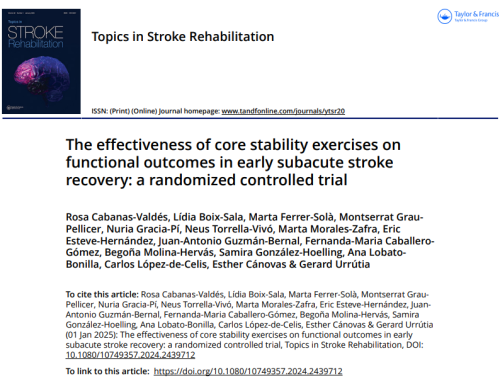ARTICLE. Crosas-Molist E, Meirelles T, López-Luque J, Serra-Peinado C, Selva J, Caja L, Gorbenko Del Blanco D, Uriarte JJ, Bertran E, Mendizábal Y, Hernández V, García-Calero C, Busnadiego O, Condom E, Toral D, Castellà M, Forteza A, Navajas D, Sarri E, Rodríguez-Pascual F, Dietz HC, Fabregat I, Egea G. Arterioscler Thromb Vasc Biol. 2015 Apr;35(4):960-72.
Abstract.
Objective: Marfan’s syndrome is characterized by the formation of ascending aortic aneurysms resulting from altered assembly of extracellular matrix microfibrils and chronic tissue growth factor (TGF)-β signaling. TGF-β is a potent regulator of the vascular smooth muscle cell (VSMC) phenotype. We hypothesized that as a result of the chronic TGF-β signaling, VSMC would alter their basal differentiation phenotype, which could facilitate the formation of aneurysms. This study explores whether Marfan’s syndrome entails phenotypic alterations of VSMC and possible mechanisms at the subcellular level. Approach and Results: Immunohistochemical and Western blotting analyses of dilated aortas from Marfan patients showed overexpression of contractile protein markers (α-smooth muscle actin, smoothelin, smooth muscle protein 22 alpha, and calponin-1) and collagen I in comparison with healthy aortas. VSMC explanted from Marfan aortic aneurysms showed increased in vitro expression of these phenotypic markers and also of myocardin, a transcription factor essential for VSMC-specific differentiation. These alterations were generally reduced after pharmacological inhibition of the TGF-β pathway. Marfan VSMC in culture showed more robust actin stress fibers and enhanced RhoA-GTP levels, which was accompanied by increased focal adhesion components and higher nuclear localization of myosin-related transcription factor A. Marfan VSMC and extracellular matrix measured by atomic force microscopy were both stiffer than their respective controls. Conclusions: In Marfan VSMC, both in tissue and in culture, there are variable TGF-β-dependent phenotypic changes affecting contractile proteins and collagen I, leading to greater cellular and extracellular matrix stiffness. Altogether, these alterations may contribute to the known aortic rigidity that precedes or accompanies Marfan’s syndrome aneurysm formation.












Leave a Reply